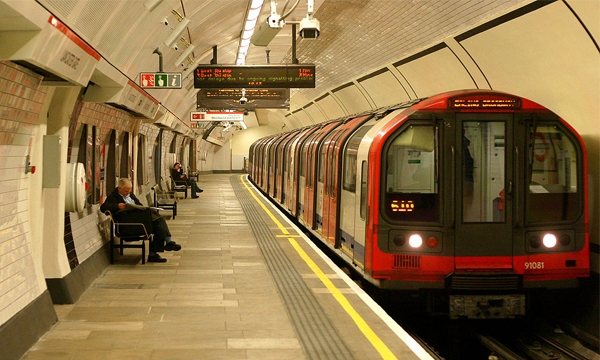London Metro: Is it still a model to follow?
“Mind the Gap”. This phrase that you hear many times, if you travel on the London Underground, has an elegant touch of British-ness to it. And it would be completely lost, I think, on the new age Americans who no longer use the word ‘mind’ in the way the British still do.
Regular voice alerts on public address systems, telling commuters to be wary of the gap between the train and the platform, have been very useful for the city’s rapid transit system for over a century now. And surely these warnings are somehow keeping safe all Londoners, and all those thousands of visitors who join them, minding their own businesses, criss-crossing the city every day.
Last week, for six days, I had been one of the visitors. And except, during the rush hours, I had thoroughly enjoyed using the underground trains, with the oyster card, as I changed the lines, reaching my destinations with hardly any loss of time. And sitting on those trains I was wondering how this amazing transport system has been the life blood of the city, for more than a century.
‘150 years of London Metro’ was celebrated by London in 2013, and five more years have also gone past, since then. So, while we in Bahrain are looking forward to ‘Bahrain Metro’ in the next few years, we must appreciate the fact that, for 155 years, the city of London, with its enormous population and visitors, has been successfully keeping its residents on the move, with amazing precision, and with remarkable safety.
As the world’s first subway system started in 1863, from its then main station Paddington, it had become a model for other cities, in many countries, to emulate. And many did. In 2016–17 alone, London Metro has carried 1.379 billion passengers. Today, its 11 lines collectively handle approximately 4.8 million passengers a day.
But it is the world’s 11th busiest metro system today. Which means at least 10 metro services in other cities of the world are busier than the London Metro. Tokyo, Moscow, Seoul, Shanghai, Beijing, New York, Paris, Mexico, Hong Kong and Guangzhou have metro systems busier than London’s (See: www.thoughtco.com/busiest-subways-1435753).
Tokyo Metro, which had opened in 1927 is today the world’s busiest metro system catering to 8.7 million daily riders. And the New York City subway, which had opened in 1904, is the world’s sixth busiest, transporting some 5.6 million passengers. India too, in the last few years, has seen a rise of Metro services in many cities, since 1984 when its first metro service had started in Calcutta (now Kolkata).
While the newer Metro systems like those of Dubai may be cleaner, smarter, and faster, we cannot ignore the fact that when it comes to efficiency in maintenance, London Metro is still among the top. During my last visit to London too, I was fascinated by the efficient handling of advance announcements and quick diversions, when repairs-and-maintenance works are being carried on, on the tracks. Of course, when millions are relying on the system, it becomes imperative that the system is kept operational at a high level of efficiency.
Today, with great advances in technology that the world has seen in rapid transit systems, and with key learnings from busy metro services such as those in Japan and China, we can say that London Underground is no longer a perfect model to follow. But if we really have to ‘mind the gap’, the gap of 155 years from its founding till now, is something we must mind. And seriously learn from whatever lessons we can glean, from its efficiency.
Related Posts

